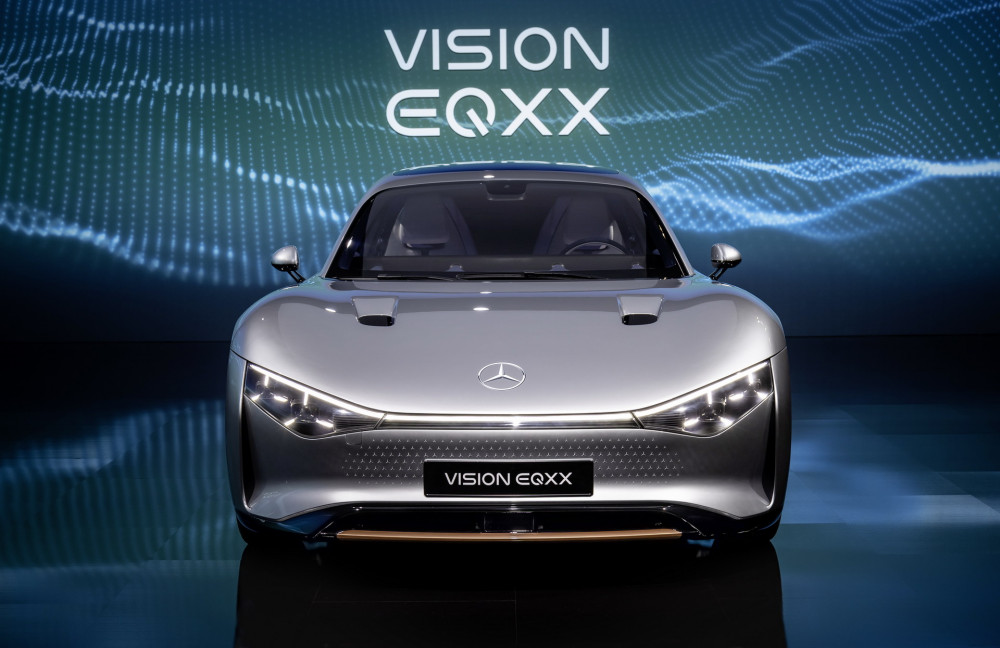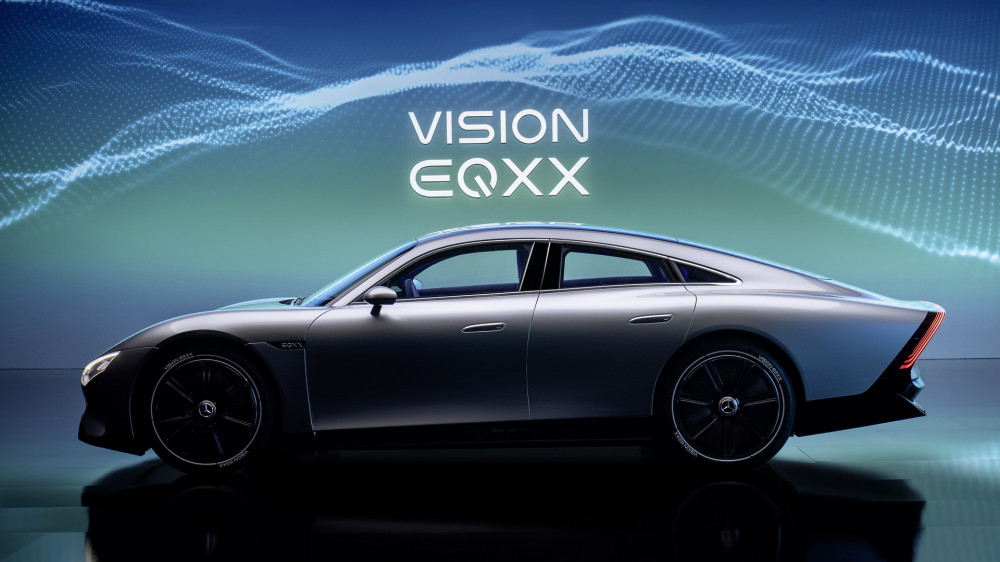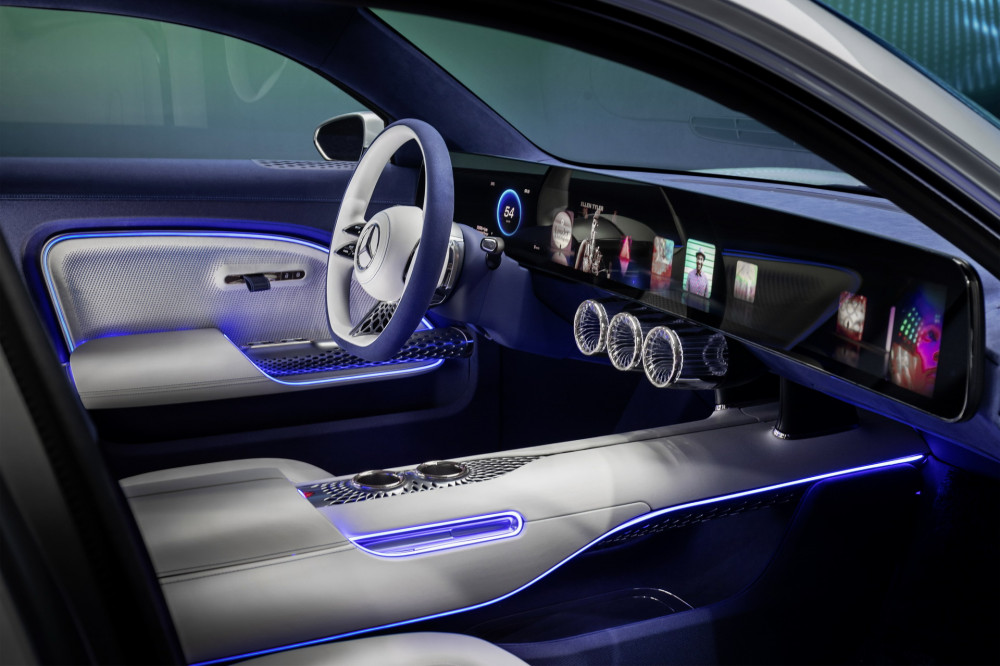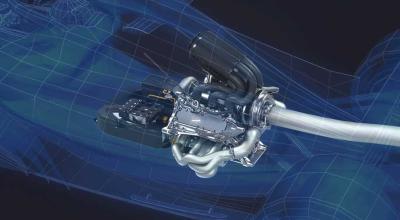Mercedes Vision EQXX Concept Car Has A Range Of 621 Miles And A Floor Made Of Recycled Nappies

by AutoExpert | 4 January, 2022
Mercedes Vision EQXX is an electric vehicle concept that can go 621 miles (1,000 km) on a single battery charge. The EQXX, which was finally shown yesterday after a lengthy teasing campaign, is currently still a concept. The technology doesn't just involve slapping a huge battery pack on the EQXX's floor. Adding battery cells may extend the range of an EV, Mercedes observes.
However, a bigger battery equals a heavier car and shifting that weight puts a greater strain on the battery, as well as brakes and handling. Mercedes Vision EQXX's 621-mile range (168 miles longer than the EQS 450+) and sub-10kWh/100km efficiency come from wiser philosophy and technology-centered on weight reduction and aerodynamics.

The 900-volt battery pack, developed in collaboration with High Performance Powertrains (HPP) and Mercedes-Benz Grand Prix, is 50% smaller and 30% lighter than the one in the EQS 450+ road vehicle, weighing in at 1091 lbs (495 kg) while being rated at the same 100 kWh.

Other features like magnesium wheels, aluminum alloy brake discs, carbon, and glass-reinforced plastic doors, and the compact roof panel with 117 solar cells add 15.5 miles (25 km) to the electric driving range. Low-rolling-resistance tires, a Cd factor of only 0.17 thanks to an adjustable rear diffuser, battery cooling-on-demand, and a drive system that claims to transmit 95% of the battery's power capacity to the wheels are among the other range-extending features.

The carmaker is keeping some of the engine details under wraps, but it looks the Mercedes Vision EQXX is driven by a single 150 kW (201 hp/204 PS) rear-wheel-drive motor.
A gigantic 47.5-inch 8k touchscreen display sits in front of the driver and passenger, built from a single panel instead of three, and offers significantly more functions. Dessertex, a cactus-derived upholstery, is used for seating in the EQXX, with mycelium, a vegan leather manufactured from mushrooms, providing details.

The use of sustainable plastic generated from landfill wastes, including garden trash and baby diapers, to construct the non-structural portions of the back floor is even more inventive.























